Description
The Atomfair 1Ah P2-Type NMO || Anode-Free Dry Pouch Cell is a state-of-the-art research-grade platform designed exclusively for advancing anode-free sodium-ion battery (SIB) technologies. Departing from conventional SIBs with dedicated anode materials (e.g., hard carbon), this cell eliminates anode active materials entirely, utilizing a bare current collector (e.g., copper foil) as the substrate for sodium-ion plating and stripping. It integrates this innovative anode-free architecture with a high-performance P2-type sodium nickel manganate (NMO) cathode—a layered oxide with a P2 crystal structure, renowned for its excellent sodium-ion mobility—and an advanced dry-film manufacturing process.
This design is tailored to address the core challenges of anode-free SIBs, including sodium dendrite suppression, Coulombic efficiency stabilization, and interface durability. Ideal for laboratory-scale R&D, it enables precise evaluation of electrolyte formulations, current collector modifications, and operating protocols that could unlock the high energy density potential of anode-free systems (by removing anode material volume/weight). Its solvent-free dry process minimizes interface contamination, ensuring reliable, reproducible data for studies on dendrite growth mechanisms and sodium plating/stripping kinetics.
-
Anode-Free Architecture for Anode-Free SIB Research
- No dedicated anode active material: Employs a bare copper current collector (thickness: 8–12 μm) as the sodium plating/stripping substrate, simplifying the cell structure to focus on cathode-current collector interface dynamics.
- P2-Type Sodium Nickel Manganate (NMO) Cathode: Features a P2 layered crystal structure, delivering stable sodium-ion deintercalation/intercalation with a reversible capacity of ~120 mAh/g (at 0.1C). This structure provides a consistent sodium source for plating on the anode-free collector, with a moderate voltage plateau (~3.6 V vs. Na⁺/Na) that enables clear differentiation of plating/stripping signals in electrochemical tests—facilitating mechanism analysis.
-
Dry-Process Advantages for Anode-Free Stability
- Solvent-free cathode manufacturing reduces residual impurities (<30 ppm moisture) that could exacerbate dendrite growth or interface side reactions—critical for maintaining stable plating/stripping in anode-free systems, where even minor contamination disrupts sodium deposition.
- Enhanced cathode-collector adhesion via dry pressing minimizes contact resistance, reducing localized current density (a key driver of uneven sodium plating and dendrite formation in anode-free designs).
-
Research-Optimized Design for Anode-Free Challenges
- Nominal 1Ah capacity: Balances sufficient energy for long-cycle testing (to study plating/stripping degradation over cycles) with small-scale flexibility (ideal for in-situ characterization of dendrite growth via microscopy or X-ray techniques).
- Batch-to-batch consistency <4% (tested at 0.1C, 25°C): Ensures reliable comparison of results across experiments (e.g., electrolyte additive screening, current collector surface coating modifications) aimed at suppressing dendrites.
Atomfair provides specialized support tailored to anode-free SIB research:
- Detailed specifications of the bare copper current collector (surface roughness, purity) and P2-type NMO cathode dry-process parameters (e.g., pressing density) to guide studies on plating substrate optimization.
- Customized testing protocols for evaluating key anode-free metrics: Coulombic efficiency, dendrite onset potential, and cycle life under varying C-rates.
- Collaborative troubleshooting for anode-free-specific issues (e.g., uneven sodium plating, current collector corrosion, rapid capacity fade due to dendrite-induced short circuits).
For inquiries about design parameters and performance details, please contact us via email: support@atomfair.com
Only logged in customers who have purchased this product may leave a review.
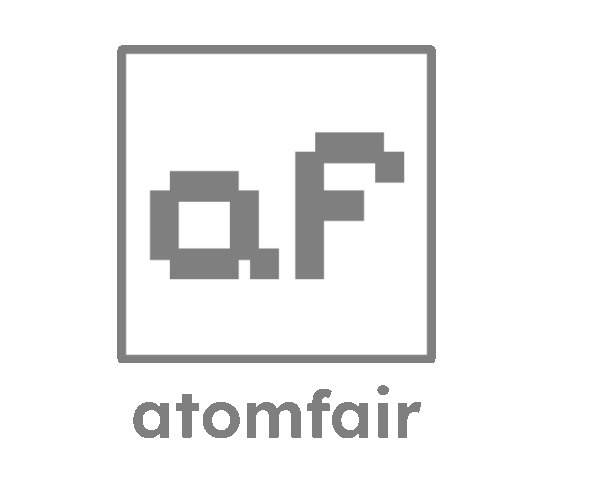
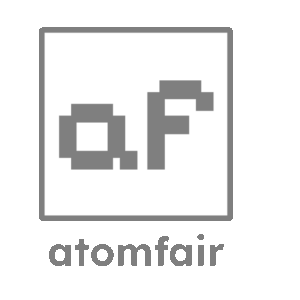
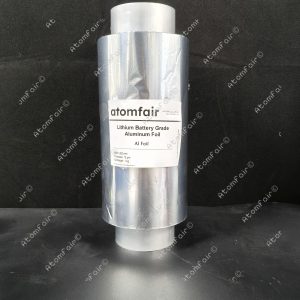
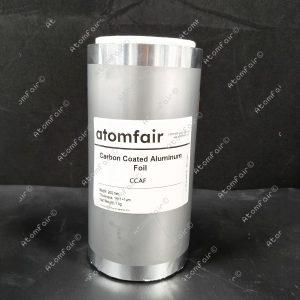
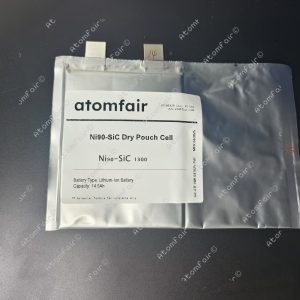
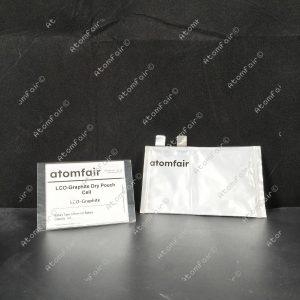
Reviews
There are no reviews yet.